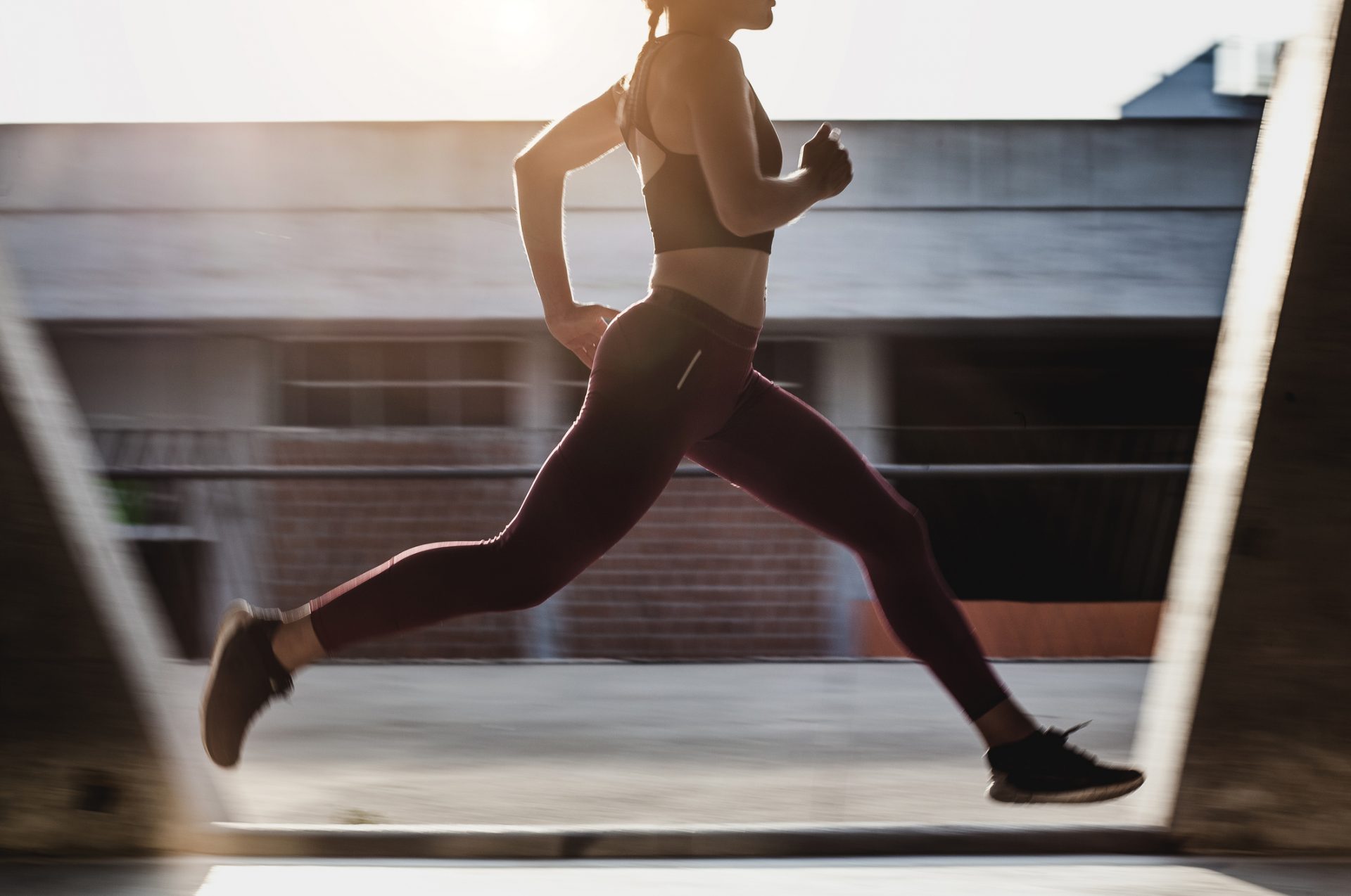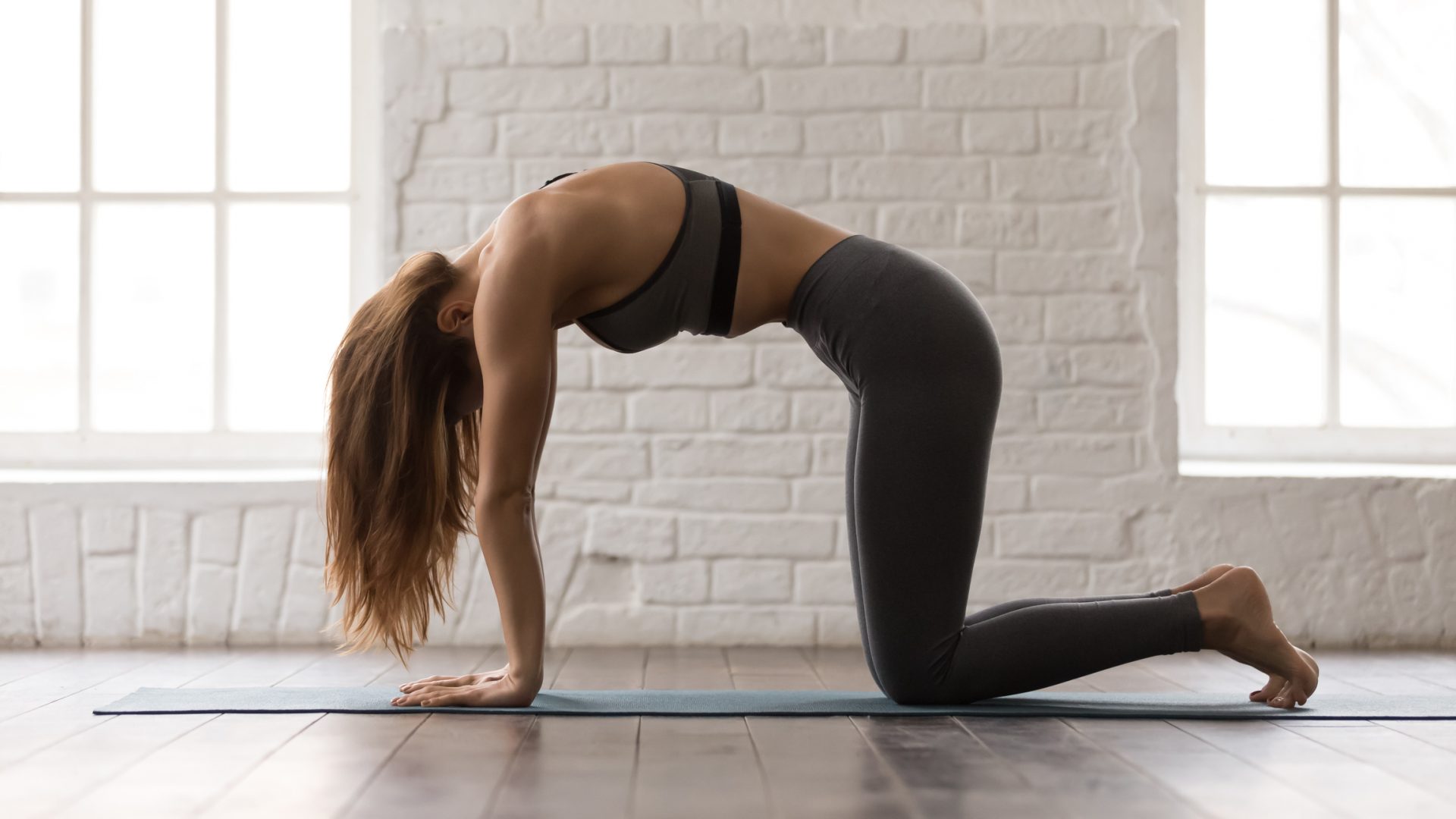
Written by Ally Sinyard
Do you know the difference between mobility and flexibility? Whether you’re going back to training after a long break, or simply want to move around a little better, top personal trainers explain why mobility exercises are key to warding off injury…
Given the circumstances, we’ve all been doing our best to look after our health and fitness during lockdown. For some of us, it’s meant picking up new and different forms of exercise at home. For others, it’s meant dialling down a militant weekly regime and having a reset.
While my own personal fitness is nowhere near where it was before lockdown, I’m still pretty happy with my efforts. I’ve settled into a nice lockdown routine of morning yoga, YouTube HIIT classes and the odd 5k run.
At the same time, I’ve got one eye on those gym doors opening in England next week. Not because I’m a keen bean; I’m just conscious that exercise in gyms, weight rooms and classes takes my comfortable home workouts to a whole different level.
The excitement alone of just being in a room with other people (other people!) is enough to energise me and make me push myself harder – and with that comes the risk of overdoing it.
Hayley Magidan, Personal Trainer and ambassador at sports and active nutrition brand bulk, is with me. “I’m just as excited as everyone else to be able to get back to the gym,” she says.
“However, it’s key to make sure we prevent injury during the transition back into using weights and machines that we haven’t used for a while. Injuries can take us out of training altogether, so I can’t stress how important it is to take steps to workout safely from the moment you step back in on day one.”
One way to avoid injury when heading back to the gym – or when undertaking any exercise, for that matter – is by doing a few exercises before your workout that are designed to increase your mobility.
Why, you ask? Put simply, mobility is the ability to move your body freely and easily. It’s the range of motion around a joint that you actively have control over.
“Increasing your mobility means increasing the range of movement of your muscles and joints,” says Emma Vincent, Personal Trainer for eco-activewear brand Sundried, “to enable you to move more freely.”

Flexibility, on the other hand, is part of mobility; it’s passive, and refers to the range of motion available to you. Can you lean over and touch your toes? That’s flexibility. Can you fully get into a deep squat? That’s mobility.
“A lot of the time, people think of yoga or pilates when they hear the word ‘mobility’, but just a few exercises a day can massively improve the way you move and feel.
“Mobility training can also help prevent injuries occurring by keeping your muscles and tendons more flexible.”
Think of these exercises more as actively moving parts of your body through their full range of motion, rather than passively stretching.
In terms of how much you should be doing, that depends on what you want to achieve. As a starting point, Emma says anything from 20 minutes, 2-3 times a week is a great start.
“This can be when you first get up in the morning,” she says, “or as a warm up to your gym routine. You can gradually increase this as your body starts to adapt.”
As well as incorporating mobility exercises into your daily life– try this 10-minute routine from one of our earlier articles – personal trainer and fitness influencer Alice Liveing recommends doing them before weight training too.
“Lifting through full ranges of motion with proper lifting mechanics enhances key movement patterns,” says Alice, “which strengthens the full range of the movement and ensures you get the most from their training in terms of progression and muscle gain.
“This is why mobility is key when achieving ranges movement, as the mobility not only opens up new end ranges, but also works to strengthen these new end ranges where someone may be vulnerable to weakness and injury.”
Best mobility exercises to warm up with
Thread the needle
- Start in a tabletop position on your hands and knees.
- Thread your arm through, underneath your chest and other arm.
- Gently bring the same arm back up and around, twistingfrom your thoracic spine, finishing with it pointing towards the sky. Follow the moving arm with your eyes.
- Repeat for 5 reps on each side.
Knee rocks
- Start by hugging your knees towards your chest, with your lower back firmly on the floor.
- Lengthen out your arms either side of you and keep your shoulder blades on the floor.
- Gradually rock your knees from side to side without letting them touch the floor, keeping your torso straight and shoulder blades on the floor.
- Aim for 10 reps on each side.
Hip and knee internal and external rotations
- Start sitting down on the floor with your feet in front of you. From here, drop your knees to one side whilst still keeping your torso in a seated position.
-
Allow one leg to drop down externally and the other internally. From here, place your hands on the floor either side of you and rotate your knees to the opposite side.
- Keep this movement dynamic and aim for 5 reps on each side.

Cat and Cow
- Start in a table top position with your hands and knees on the floor, aligning your wrists underneath your shoulders and your knees underneath your hips. Gently tilt your pelvis back so your tailbone sticks up.
- Allow your belly to drop down but draw your naval in to engage your core. Take your gaze up towards the sky gently raising your neck slightly.
- From here, counteract this pose and tilt your pelvis forwards, tucking in your tailbone.
- Draw your naval in towards your spine and drop your head, taking your eyeline towards your naval.
- Repeat this for 10 reps, inhaling in cow position and exhaling during cat pose.
Low lunge with arm raise
- Gently step one leg forward into a low lunge and allow your back knee to drop down onto the floor.
- From here, sink down and forward by simultaneously raising your arms up overhead, keeping them inline with your ears, and allow for a slight back bend to take this stretch further.
- Hold for 1-2 seconds, then swap legs.
- Repeat for 5 reps on each side.
Follow @StrongWomenUK on Instagram for the latest workouts, delicious recipes and motivation from your favourite fitness experts.
Images: Getty
Source: Read Full Article